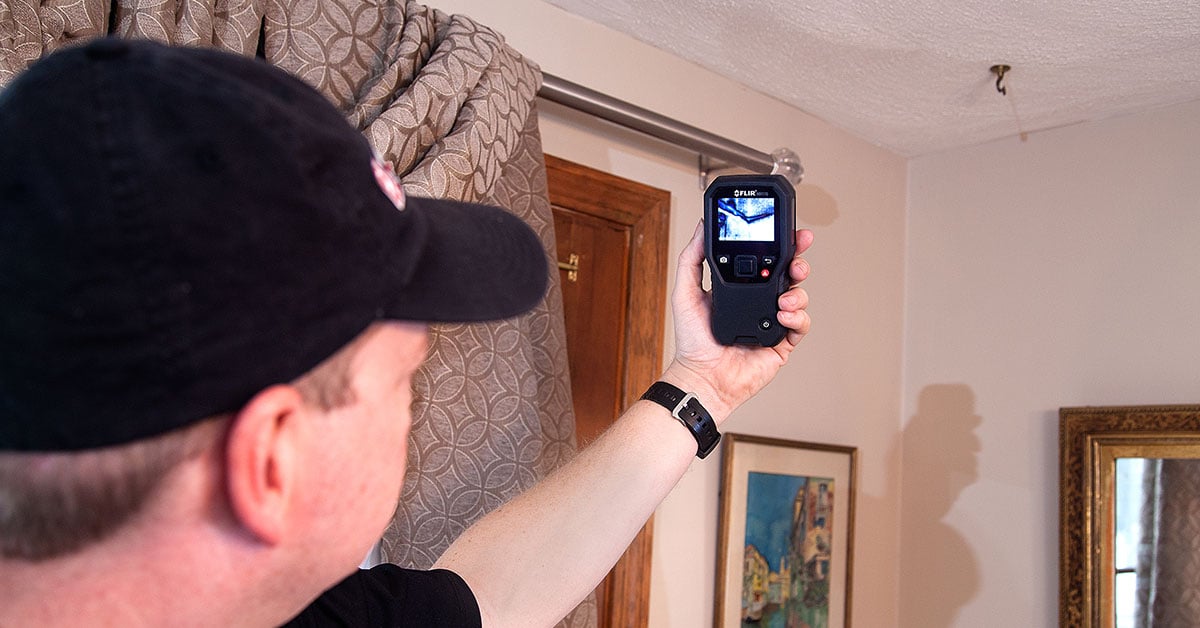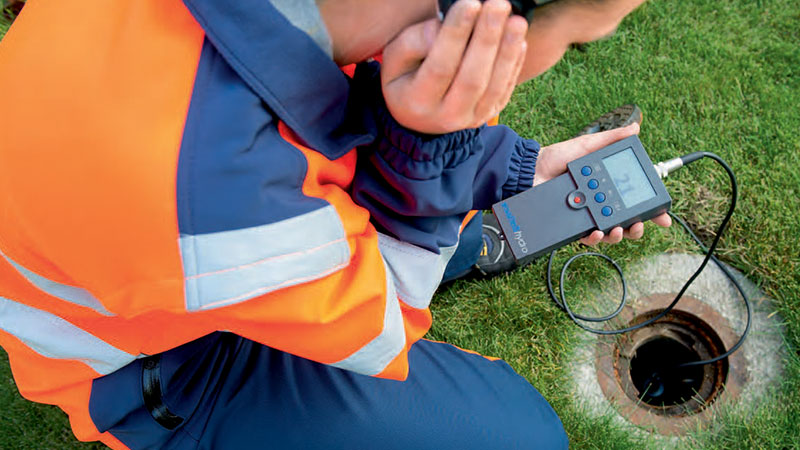Technologies for Precision Water Leak Discovery in Different Atmospheres
In the realm of water leakage discovery, the evolution of technology has considerably boosted the precision and effectiveness of identifying possible leakages in diverse environments. From sophisticated sensor innovations to AI-enhanced water leak detectors, the devices readily available today use a wide range of services for finding leakages with amazing accuracy (water leak detection).
Advanced Sensor Technologies
Advanced sensing unit modern technologies play a crucial role in boosting the precision and effectiveness of water leak discovery systems. By using sophisticated sensors, these systems can discover also the tiniest leaks in various settings, varying from residential buildings to big commercial facilities. The sensing units used in contemporary leakage detection systems are designed to offer accurate and real-time data, enabling quick identification and localization of leaks before they rise right into costly concerns.

Additionally, progressed sensor technologies make it possible for water utilities and center managers to implement predictive upkeep techniques, making certain that any type of prospective leakages or failings are dealt with before they trigger disruptions - water leak detection. On the whole, the integration of advanced sensors in water leakage discovery systems stands for a considerable development in securing water sources and maintaining effective water distribution networks

IoT-Based Leak Detection Equipments
The development of water leakage detection innovations has resulted in the emergence of IoT-based systems that transform the surveillance and administration of water distribution networks. IoT-based leakage detection systems utilize interconnected sensing units, meters, and data analytics to give real-time insights into possible leaks or abnormalities within the network. These systems offer numerous advantages over typical approaches, consisting of continuous surveillance, early leakage detection, and reduced reaction times.
Acoustic Leakage Discovery Solutions
Acoustic leak detection remedies use sound-based modern technology to determine and identify water leakages within facilities systems. The sensors can differentiate between normal operational sounds and those generated by leaks, allowing specific leakage discovery without invasive treatments.
One trick benefit of acoustic leakage discovery services is their non-intrusive nature, as they do not need excavation or damages to the facilities for leak recognition. Acoustic modern technology allows for very early leak discovery, lessening water loss, preventing possible damage, and reducing repair costs.
Thermal Imaging for Leak Detection
Using thermal imaging technology improves the precision and efficiency of water leakage discovery procedures by identifying temperature variants connected with leakages. Thermal imaging electronic cameras can determine distinctions in temperature level that may show the existence of a leakage, as water typically has a various thermal signature than its environments. This innovation permits non-intrusive and quick detection of leakages in numerous environments, consisting of residential, industrial, and industrial settings.
Among the main advantages of thermal imaging for leak detection is its capability to identify the precise place of a leak without the requirement for comprehensive expedition pop over to this site or excavation. By recording article source thermal photos of the location of rate of interest, service technicians can quickly identify prospective leak sources and take required activities to address them without delay. Additionally, thermal imaging can find concealed leaks behind walls, ceilings, or floorings, reducing the need for destructive and expensive techniques to find and fix leaks.

AI-Enhanced Water Leak Detectors
Enhancing water leak discovery capacities with the integration of expert system technology has reinvented the performance and precision of recognizing leaks in different settings. AI-enhanced water leak detectors utilize device discovering formulas to evaluate data and recognize patterns a sign of leakages. These sophisticated systems can refine vast quantities of details in real-time, permitting quick detection and feedback to prospective leakages.
AI-enhanced detectors can adjust and boost their leak detection abilities gradually as they collect a lot more information, ultimately improving their accuracy. By continually picking up from past events and refining their algorithms, these detectors can offer very early cautions for possible leaks, decreasing water damages and assisting in prompt repair work.
Moreover, AI modern technology makes it possible for these detectors to distinguish between actual leaks and duds better, reducing unneeded informs and maximizing source allowance (water leak detection). The integration of expert this post system into water leakage discovery systems stands for a substantial improvement in minimizing water-related threats and enhancing total efficiency in leakage detection refines across various settings
Conclusion
Finally, the modern technologies reviewed in this post deal cutting-edge remedies for specific water leakage discovery in different setups. Advanced sensing unit modern technologies, IoT-based systems, acoustic options, thermal imaging, and AI-enhanced detectors offer reliable methods for determining leakages beforehand, stopping water damage and saving resources. By leveraging these modern technologies, industries and people can proactively monitor and address water leaks, ultimately promoting sustainability and efficiency in water administration methods.